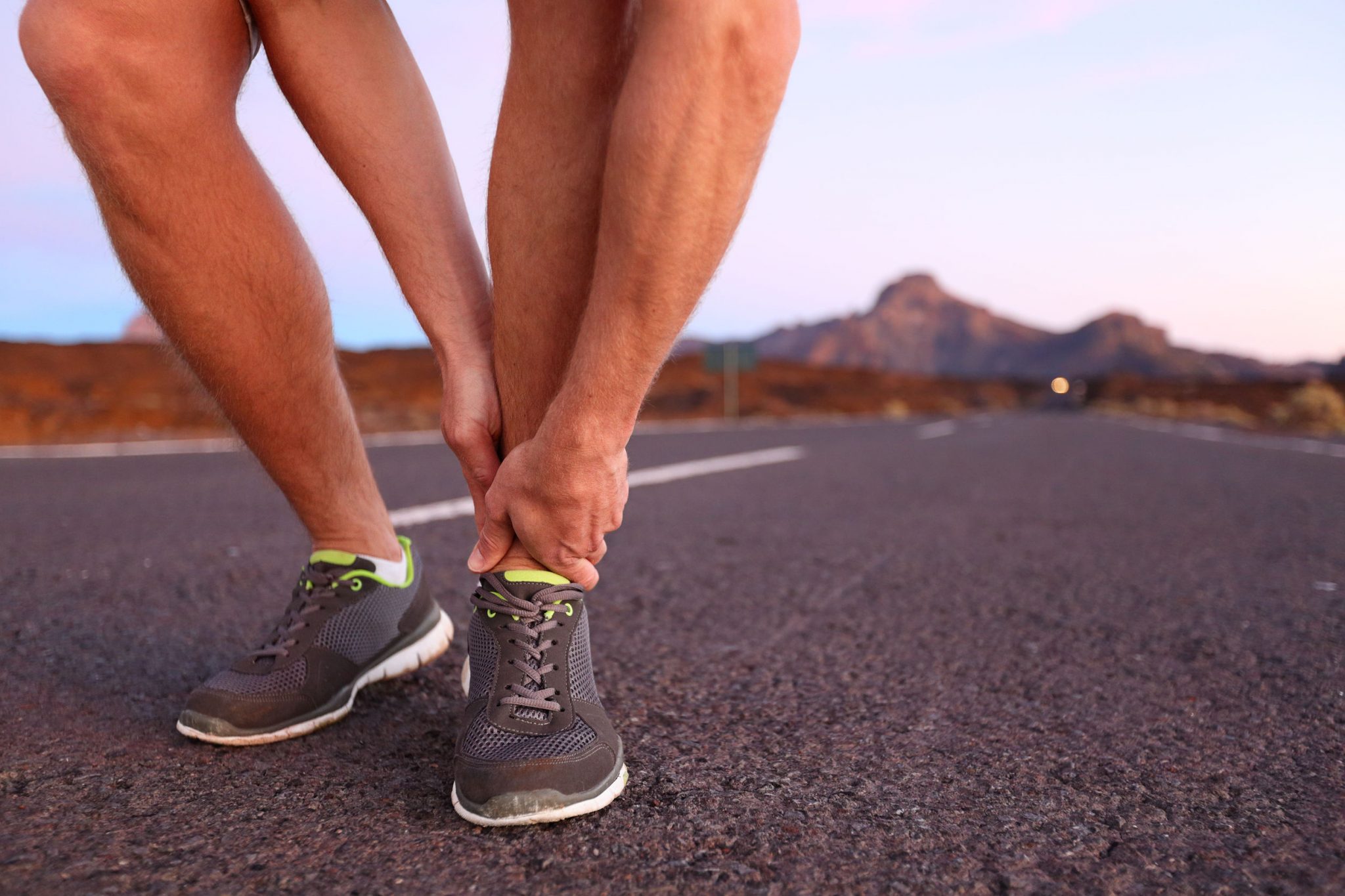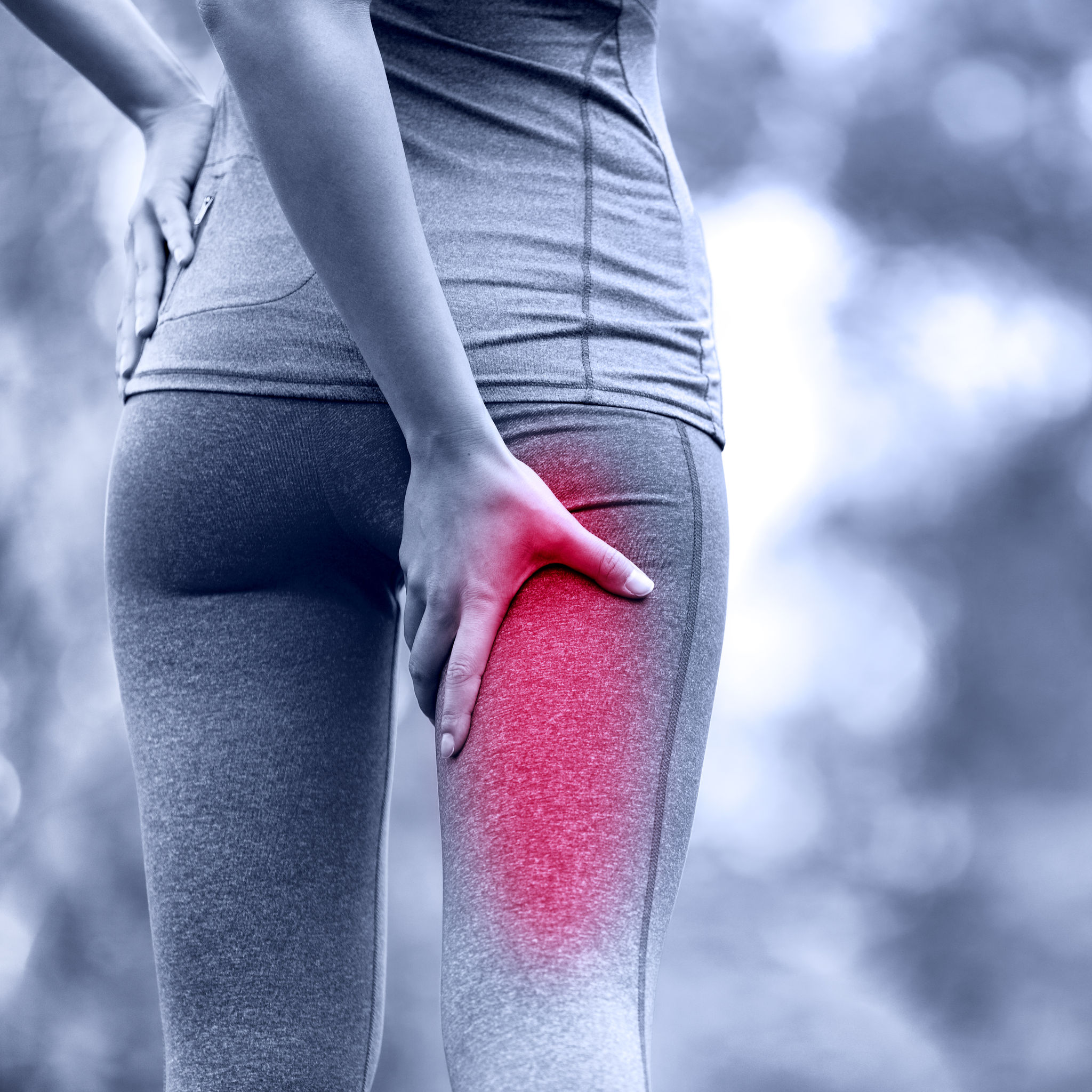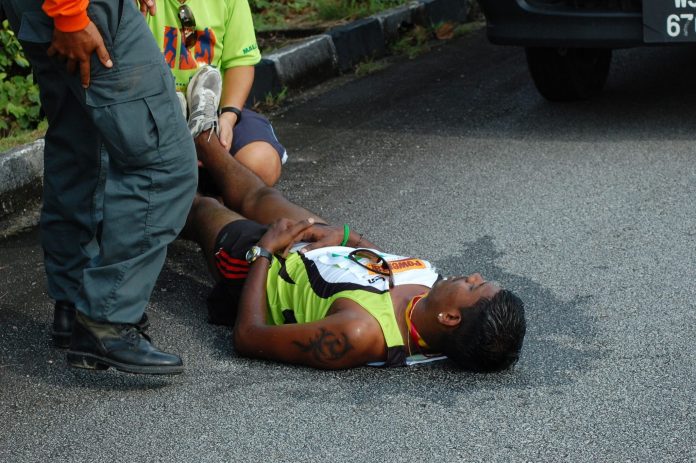One of the biggest fears of any runner is having to miss their next race due to an injury. Making things worse, our eagerness to get back on the track often leads to re-injuring ourselves, which, in turn, leads to longer blackout periods. In this article by Dr Michael Soon, orthopaedic surgeon at Mount Elizabeth Hospital, we are discussing three of the most common sports injuries faced by runners, together with the average time it takes to recover from each one of them.
Shin splints

Shin splints is one of the most common injuries among runners and refers to pain felt along the inner edge of your shin bone. Another term used by doctors is Medial Tibial Stress Syndrome (MTSS). The pain is most often localized in the lower leg between the knee and ankle.
It can hit both beginners that do not build their mileage gradually enough and experienced runners that ramp their workout intensity too rapidly, or those who change the surface they run on. All in all, it is an injury that happens when you try to do “too much, too soon”. It is a cumulative stress disorder on the bones, muscles, and joints of the lower legs that prevent your body from being able to naturally repair and restore itself.
Identifying the root cause of shin splints is important. Is the condition due to over-training, are you running on an improper terrain, or is it because of your running form? To avoid creating any chronic damages, some preventive action might be required. For example, if you are a heel-striker and have a flexible flat-foot, an arch support may be required. On occasion, if there is a developing stress fracture, surgery may be required. Rarely, there may also be muscle tears which may require surgery. As with any pain or injury, it is advised to seek the opinion and help of a medical doctor.
Ankle sprain

An ankle sprain is a traumatic injury usually caused by accidents (such as improper landing after a jump) or running on uneven terrain. Being a very common injury, it is highly likely that you have experienced it to some degree before.
While many of us are eager to return to playing sports or our normal activities as soon as possible, it is wise to remember that sports injuries take time to heal.
In layman’s terms, sprains happen when you ‘roll’ your foot, causing the ankle ligaments to stretch beyond its limit and tear. Ligaments are the bands that hold the bones of your ankle together but allow for some movement. Even though they are the strong and stretchy, if there too much movement in an abnormal posture, these ligaments can tear and result in a sprain.
At the point of injury, apply the RICE method: Rest, Ice, Compression and Elevation and usually your ankles will self-heal. Surgery to repair torn ligaments is only considered where there is a severe ligament tear or if the ankle remains unstable even after rehabilitation. On occasion, an ankle sprain can also lead to simultaneous injuries in the joint like cartilage injury or bone chips, which may also need to be managed surgically.
Hamstring pull

Hamstring muscles are often ‘pulled’ when an athlete is overusing or overstretching the muscle. This is experienced as a sudden sharp pain at the back of the thigh.
During a hamstring pull, one or more of the hamstring muscles gets overloaded and overstretched. The muscles might even start to tear. You’re likely to pull a hamstring during activities that involve a lot of running, kicking and jumping, or suddenly stopping and starting.
A big part of recovery involves working on rebuilding muscle to prevent a repeated injury. In severe cases where the muscle is torn, surgery may be required to repair the muscles and reattach them.
Small injuries may lead to big problems. Don’t wait to get treated. Call 6812 3766 or visit mountelizabeth.com.sg/km to make an appointment with Mount Elizabeth Hospitals orthopaedic specialist.


